
 Neko Senpai
Neko Senpai About FOB (Revised Ver.)!
Video of This Article
 Kamome Senpai
Kamome Senpai This is 6:54 video!

Hello, it’s IINO.
In this video, I will focus on FOB in Incoterms, and look at the terms of trade from the perspective of exporters and importers.
What FOB is

In trade transactions, what is important is the extent of cargo cost and risk-bearing.
FOB is often used in practice and it was originally a trading condition for conventional ships.
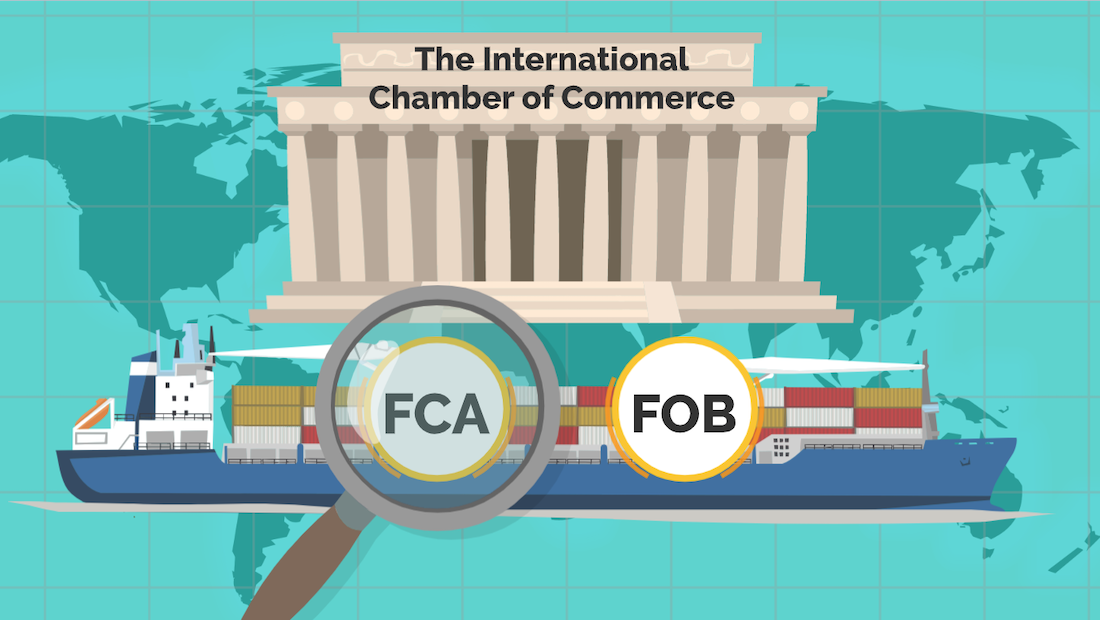
The International Chamber of Commerce recommends the use of FCA instead of FOB for containership transactions, so we will also look at FCA as well.
So, let’s get started.

FOB stands for “Free On Board”.
FOB is a condition of the transaction that the responsibility for costs and risks is transferred when the cargo is loaded onto a vessel docked at the port of export.
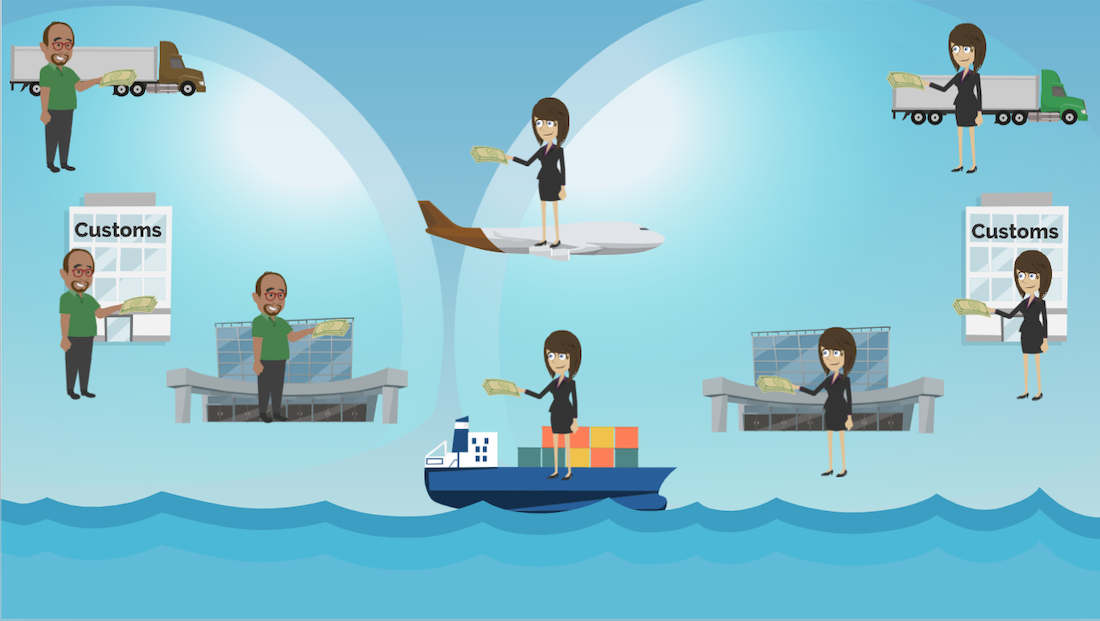
In FOB, the costs borne by the exporter include transportation costs within the exporting country, export customs clearance and various expenses incurred at ports and airports.
On the other hand, those by the importer are ocean and air freight, various expenses incurred at ports and airports on the import side, import customs clearance costs and transportation costs within the import country.
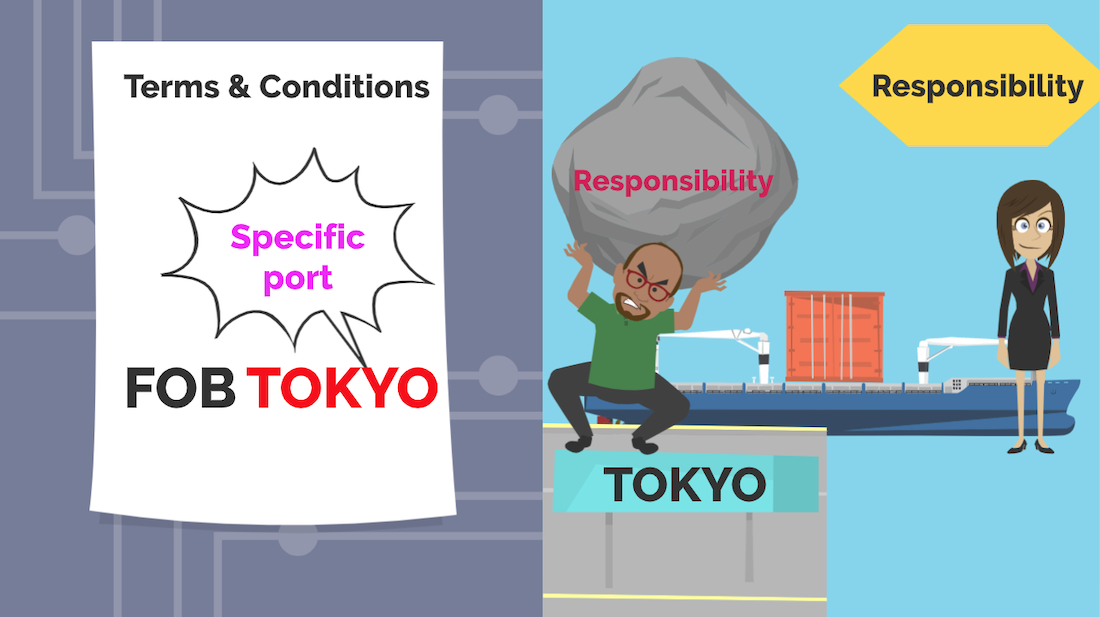
In FOB terms and conditions, the name of the exporting port to be used for transportation is written after the FOB as in “FOB TOKYO.”
“FOB TOKYO” means that the responsibility for the cargo will be transferred from the exporter to the importer when it is loaded on the ship at the port of Tokyo.
Here you need to write the name of the specific port. The name of this port is important because it means that you are responsible for the port of Tokyo until the ship is loaded.
FOB from Perspective of Exporter
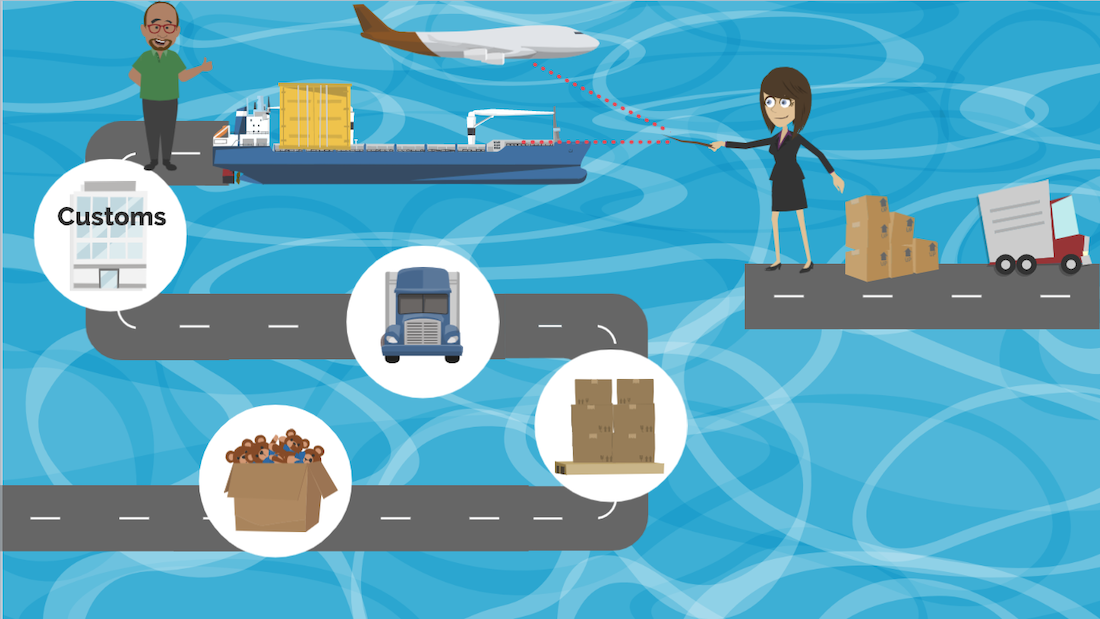
Let’s now review FOB from the perspective of the exporter and importer.
The logistical arrangements for the exporter in FOB are to prepare, pack the cargo, arrange for domestic truck delivery and export customs clearance.
From the exporter’s point of view, it is a relatively light responsibility transaction.
Because once the exporter has taken responsibility to the port in their own country, those of transportation by ship or airplane and delivery at the importing country can be left to the importer.
FOB from Perspective of Importer

The importer’s logistics arrangements include transportation by ship or airplane, insurance arrangements, customs clearance at the importing country and delivery.
Arranging for transportation by ship or airplane means that the importer is responsible for the transportation.
If they are familiar with transportation from a particular country, they can choose the desired means of transportation, which can easily bring benefits in terms of freight rates.
Actual Transaction
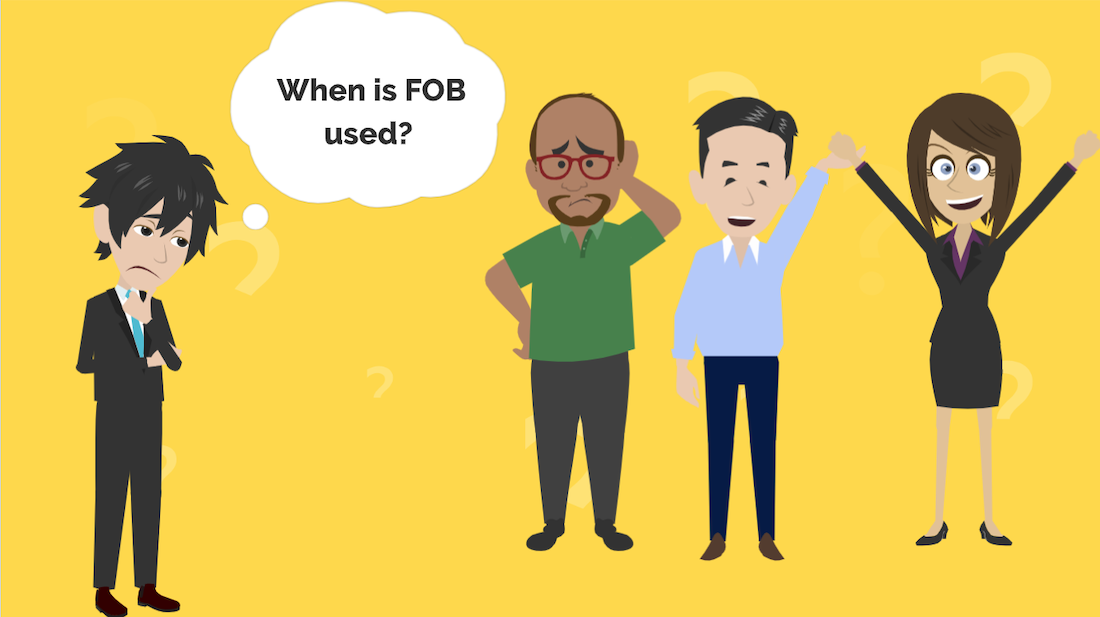
Then, when is FOB used in an actual transaction?
When you think about a transaction, the buyer is the one who makes the deal, so the buyer’s wishes generally take precedence.
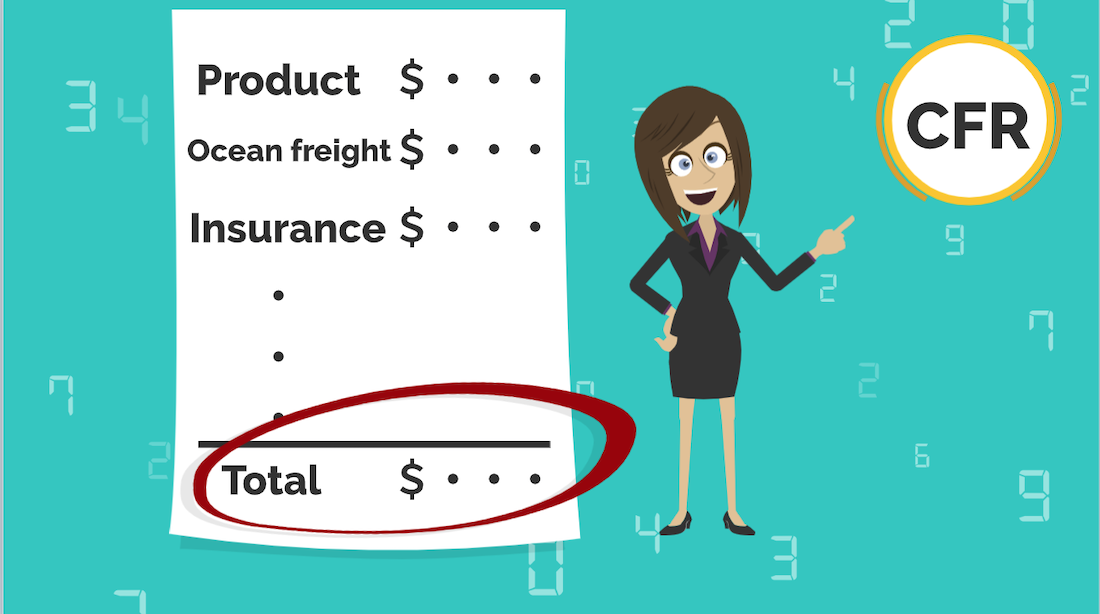
Buyers generally want to know how much it will cost in total to get the product to their hands rather than just the product price.
For this reason, terms such as CFR which include ocean freight are often used rather than FOB.
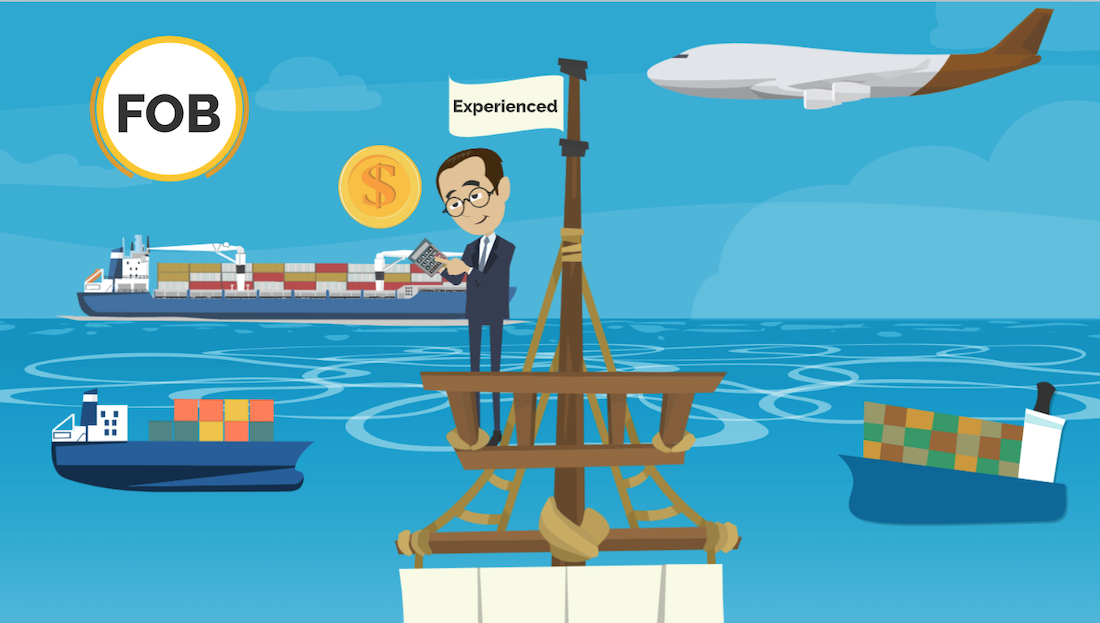
However, if the buyer is an experienced logistics arranger, they want to reduce the cost as much as possible and consider arranging their own transportation.
In this case, if they use FOB conditions, they will have to take responsibility for the transportation but be able to reduce the freight cost.
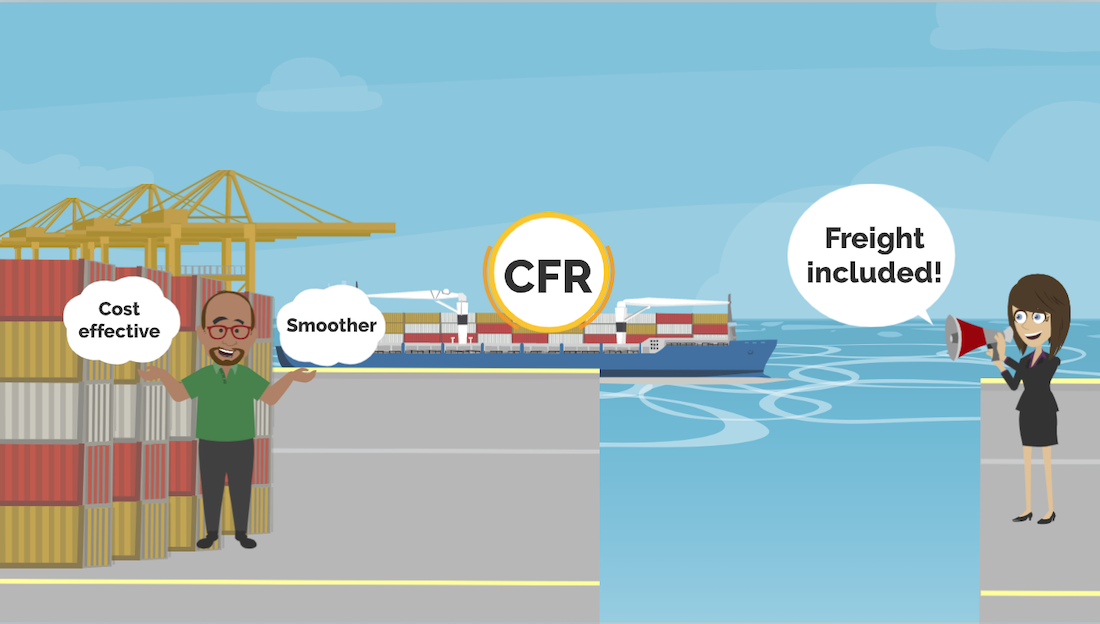
On the other hand, if an exporter usually transports a large volume of cargo on a freight-included CFR, it is better to use freight-included terms and conditions instead of FOB.
The more handling volume and familiar with it, the smoother the arrangements will be and the more cost effective it will be.
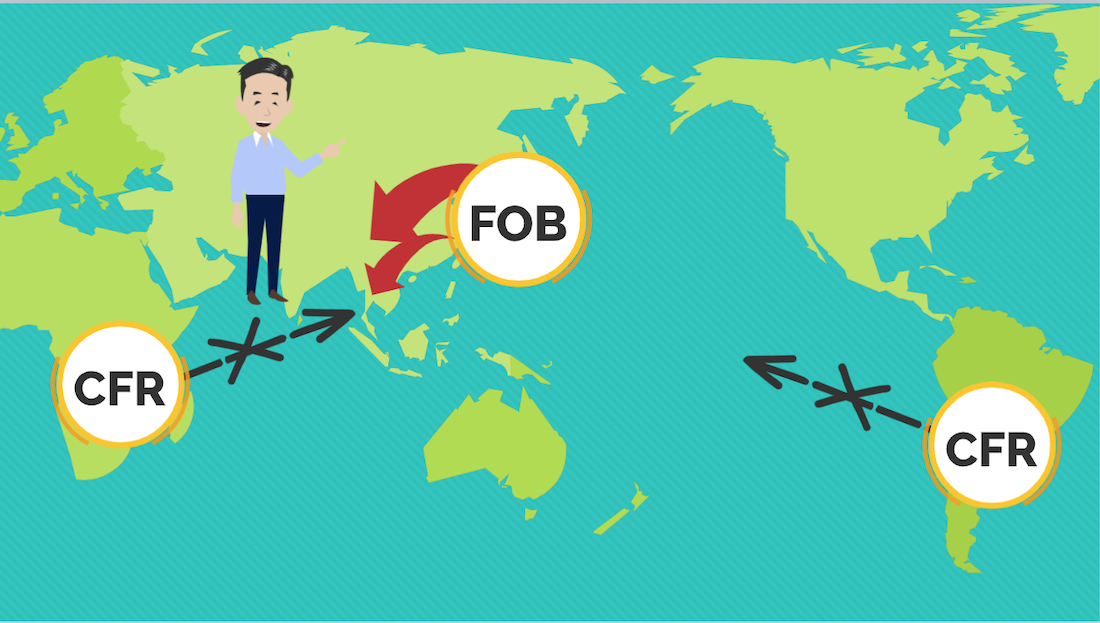
For example, in our case, we handle a lot of imports from Japan and China to Thailand, so we have a certain advantage. However, imports from Africa and South America are few, so the costs are not cheap and we are not used to handling them.
In this case, we use FOB for shipments from Japan and China, and CFR from Africa and South America. We propose the one that is more beneficial to the customer.
What FCA is

I would like to explain FCA, which is also important to remember along with FOB.
In FOB, as I have explained, the burden of cost and risk is shifted from the seller, to the buyer when the vessel is boarded.
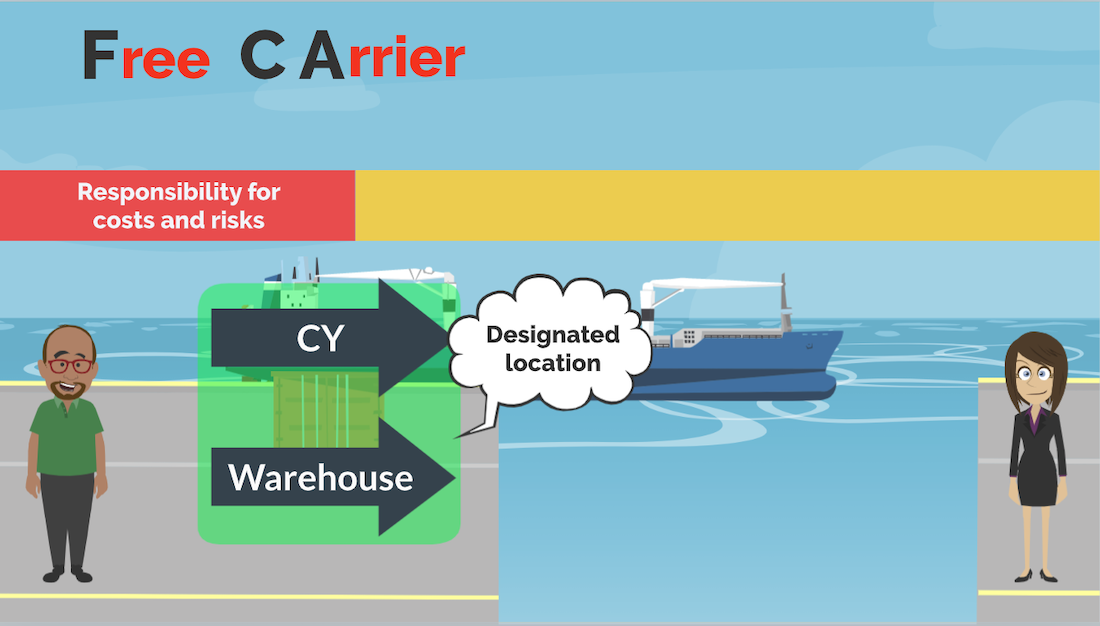
FCA stands for Free Carrier. And this means that the burden of cost and risk is shifted from the seller to the buyer at a “designated location before the cargo is on board the vessel”.
This can be a CY or a specific warehouse.
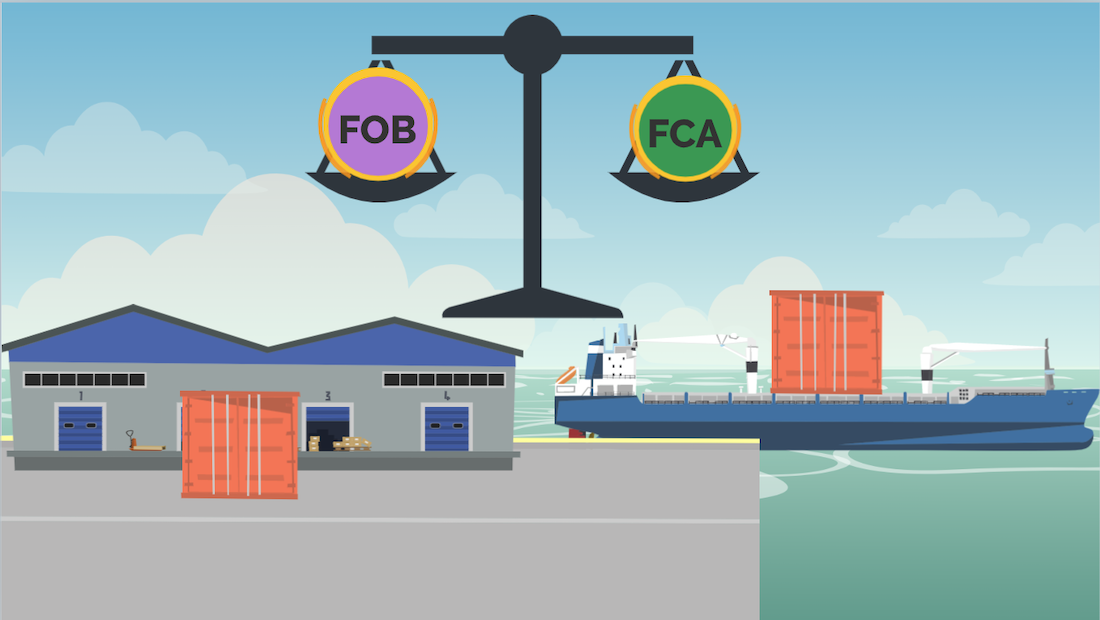
FOB and FCA are treated as if they are almost the same.
However, it is important to understand that there is a big difference in terms of whether the risk is borne “at the designated place” or “when the ship is put on board”, considering actual examples of problems.
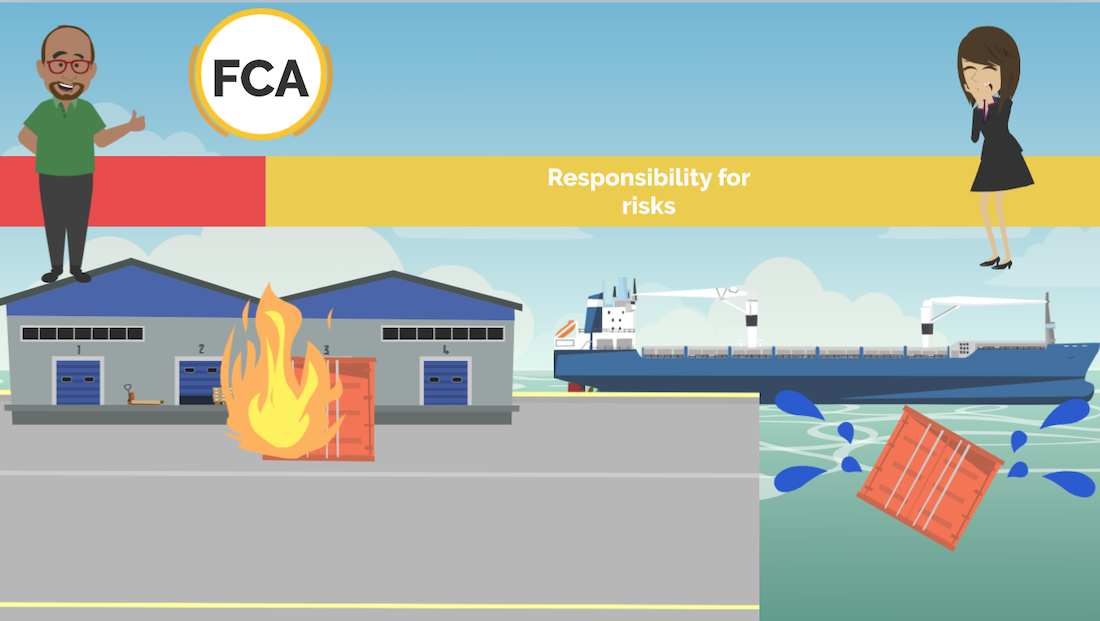
Let’s think the cases that there is a disaster after the cargo is brought into the container terminal for export and before it is put on the ship, or there is an accident that submerges the cargo while it is being put on the ship.
In FCA, the risk is already transferred to the importer, so the conditions are less risky for the exporter.
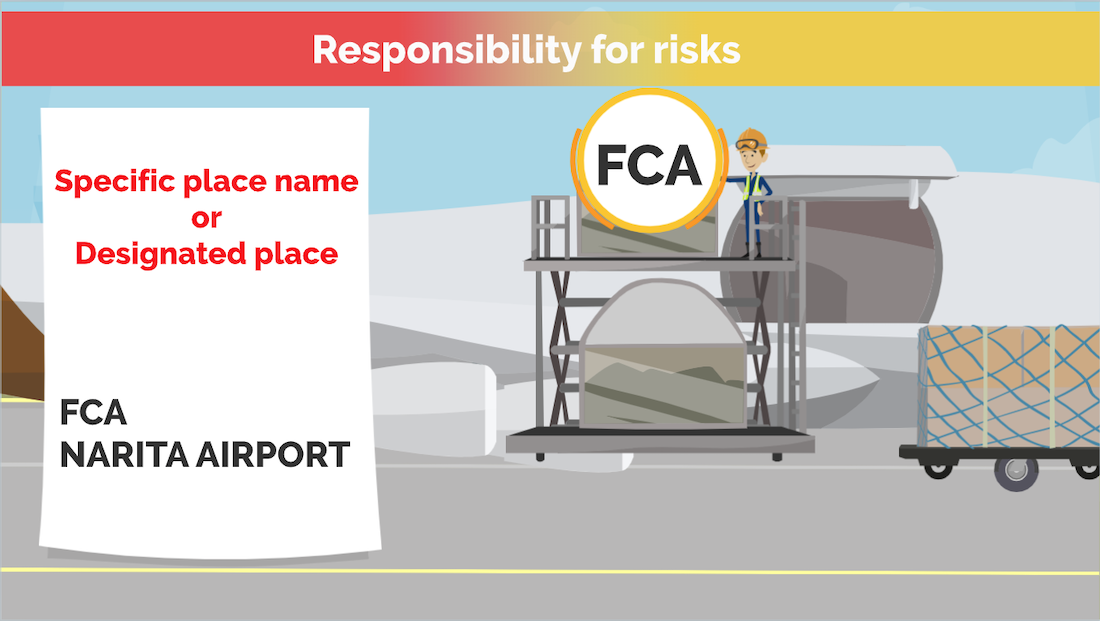
In addition, although FOB condition is actually used for air cargo, the extents of risk-bearing can be obscure in case of placing the cargo on an airplane, so it is best to use FCA.
In FCA, you should indicate the specific place name or designated place, such as FCA NARITA AIRPORT.
Summary

In this video, I have taken a closer look at FOB condition which is the transfer of responsibility on the deck of a ship docked at the port of export.
Whether you are an exporter or an importer, it is important to understand exactly what FOB terms are when quoting or trading.
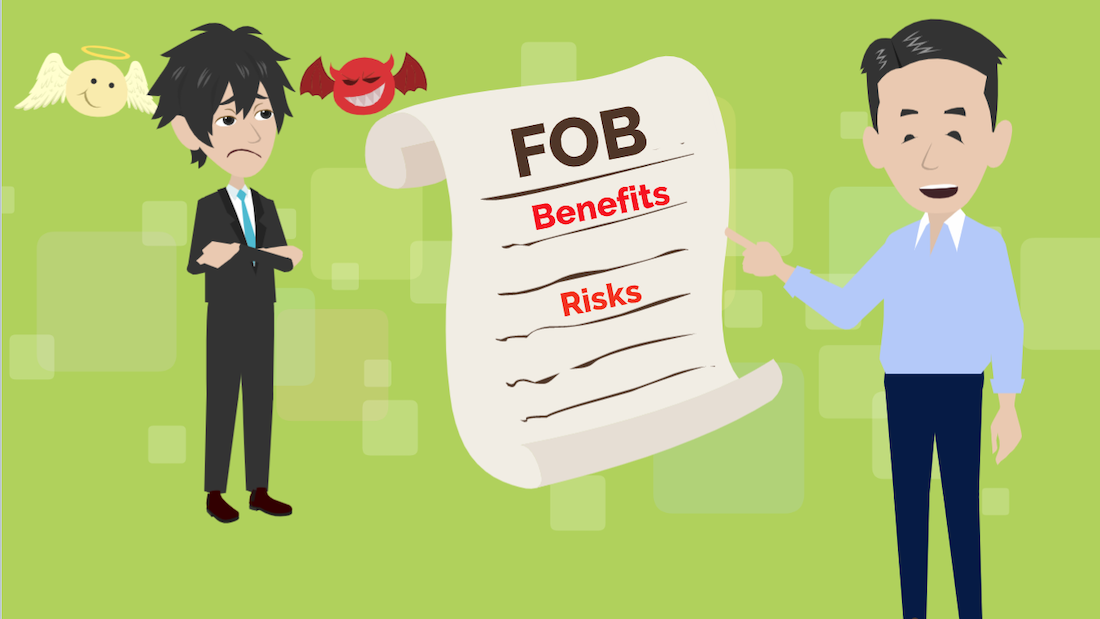
When trading on FOB terms, make sure you fully consider the benefits and risks before signing the contract.
If you found this video useful, please subscribe to my channel, like it and I’d be very happy if you could share it on SNS.
That’s all for today. Thank you very much!
Contact to IINO san

★Contact to IINO san★
—————————————–
FaceBook Page
https://www.facebook.com/iinosaan
Linked In Message
https://www.linkedin.com/in/shinya-iino/
Twitter DM
https://twitter.com/iino_saan
—————————————–
 IINO
IINO I’m waiting for your contact!









